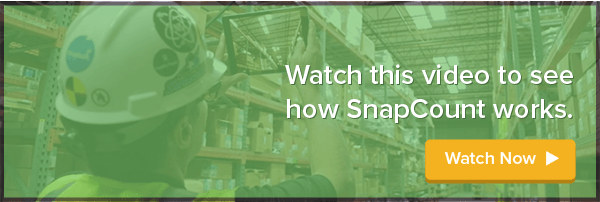
As a lighting retrofitter, how do you define a win?
Successful lighting retrofit businesses are not built simply by conducting a great audit or delivering a compelling proposal. A job isn’t really a win until the work is completed, the revenue is booked, and the client is satisfied – ecstatic, even.
Ecstatic clients ask you back for more work or gladly refer you to others. Mark Jewell, the author of “Selling Energy,” writes that repeat customers and referrals are two critical sources of growth in the energy business. “Every present customer for whom you design new solutions has plenty of other peers who will eventually become referrals for you if you play your cards right and inject new value into your existing relationship.” Jewell recommends approaching a prospect with the “long view” – laying the groundwork not for a single job, but for referrals and future work.
So, what impresses a lighting retrofit client enough to ask you back or refer you to other companies?
- When your solution achieves or exceeds the money and energy savings you’ve promised.
- When you complete the work on schedule, the material arrives on time, and the work crew arrives on time.
- When you’ve optimized the precise amount of labor required for the project – delivering exactly what’s needed, no more and no less.
- When you stay within or even under budget.
- When you and your team present yourselves to the client as expert professionals.
- When your final project deliverables (e.g., the as-built report) reflect the precision and professionalism the client has come to expect from you.
This is where energy audit applications can make a big difference – enabling you to mobilize quickly, manage material and labor, and track progress in real time, all within a single platform. Ultimately, this will help you develop efficient, repeatable processes that will thrill clients and help you scale your business.
The Problem With Binders
When it comes to managing a lighting retrofit project, there’s an old-school way and a technology-driven way of doing things.
The old-school way typically begins by compiling a massive install binder, which includes a room-by-room description of the existing lighting inventory in a building and the plan to switch it out. A recycling plan must also be formulated and documented, as different lighting fixtures call for different disposal methods.
Next, purchase orders must be made for all the materials. Sometimes, purchases go through multiple vendors, each of which has its own installation instructions and shipping requirements.
Work orders then have to be submitted either to the internal crew or to subcontracted electricians or installers. Once the project is underway, keeping tabs on the work through regular status reports should be a priority. When the work is complete, the project enters a commissioning phase, in which a third-party makes sure the final product operates according to specifications.
Commissioning can be especially complex if the project includes controls or internet of things (IoT) elements. Every dimmer and aux sensor must be tested to ensure it was installed correctly.
The last step (before billing) is the creation of an as-built document that lists for the client every new fixture in their ceiling. The as-built document may include a schedule of the capital values of each fixture.
Without the help of specialized software tools, managing all of this work can involve countless steps of copying and pasting, as information is transferred from spreadsheets, to binders, to purchase orders, to status reports, and so on. Mistakes can creep in, which can cause delays. Lines of communication can get crossed up between project managers, crew members, vendors, and clients.
In other words, the old way of doing things can cause the exact situation that drives clients away: an error-riddled, behind-schedule, over-budget, unprofessional mess.
How Energy Audit Applications Revolutionize Project Management
Energy audit applications streamline lighting projects into an automated, integrated, cohesive process. Data is based in the cloud, so everyone on the team can have access to a holistic view of the project, including the information they need to fulfill their roles. No need for copying and pasting.
Modern energy audit applications (such as SnapCount) should deliver more than just audits and quotes. The application should provide a holistic approach to managing the project.
When it’s time to get to work, the application should:
- Allow the seamless generation of material purchase orders, labor work orders, scope of work, and as-built documents.
- Provide real-time job progress tracking.
- Ensure the right materials get to the right place at the right time.
- Maximize the productivity of expensive labor crews.
- Give your team a professional, tech-forward appearance. (Smart devices replace binders and spreadsheets.)
The advantages of energy audit applications go beyond impressing clients. By increasing your efficiency, they help you get the most out of your resources and budget, allowing your business to get more work done in less time. They also function as a valuable source of data you can analyze to spot trends and identify future opportunities for wins.
Witness a Cutting-Edge Energy Audit Application in Action
SnapCount was one of the first energy audit applications on the market, and through extensive development and innovation has become the “gold standard” as explained by lighting retrofitters.
To truly understand how SnapCount simplifies performing audits, creating proposals, and managing lighting projects, it’s best to see it for yourself.






Share this post: